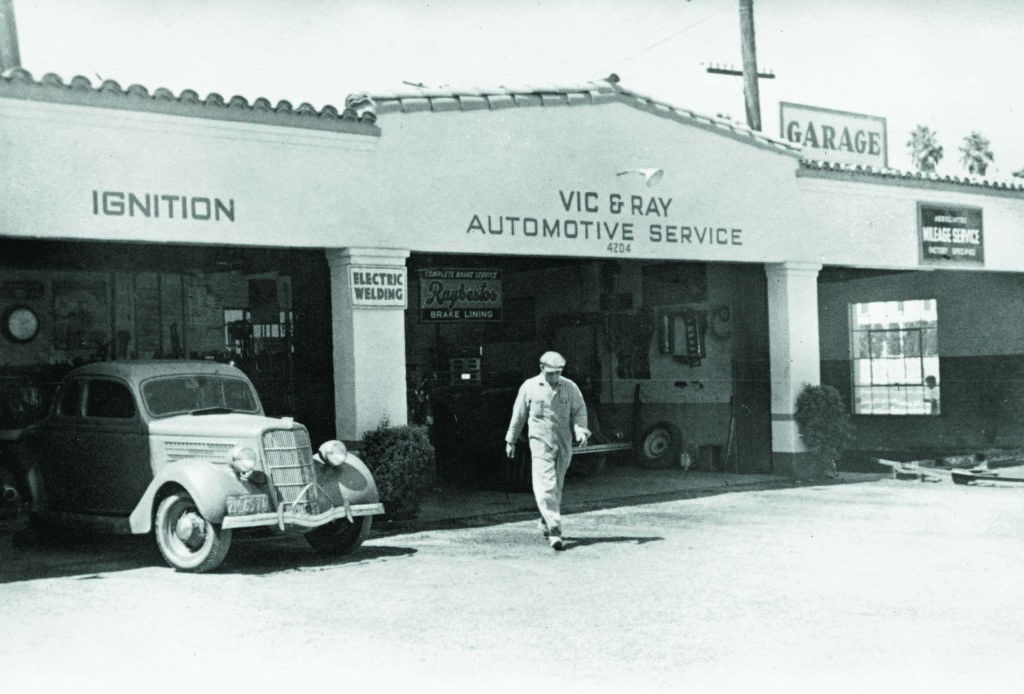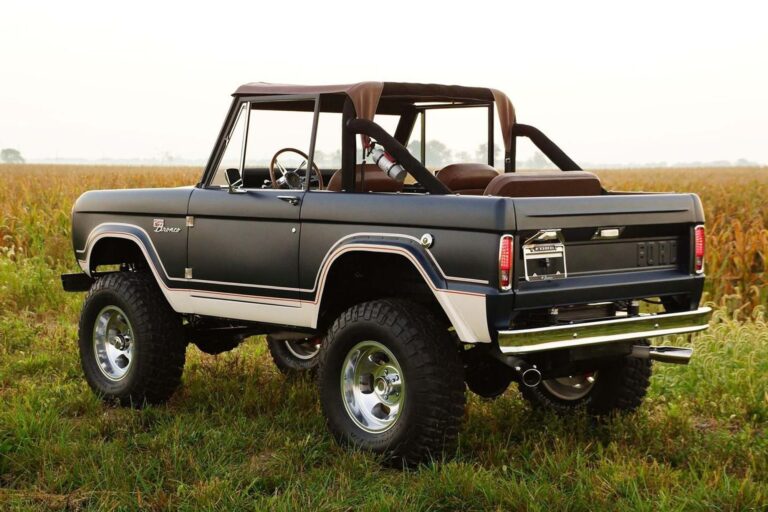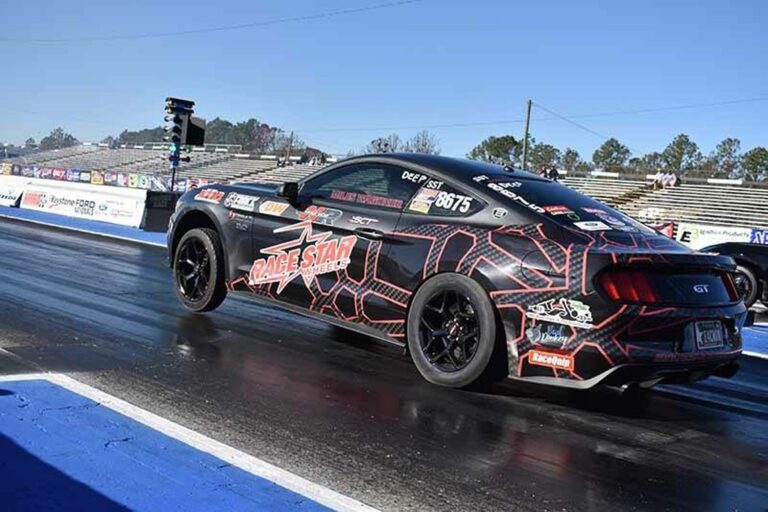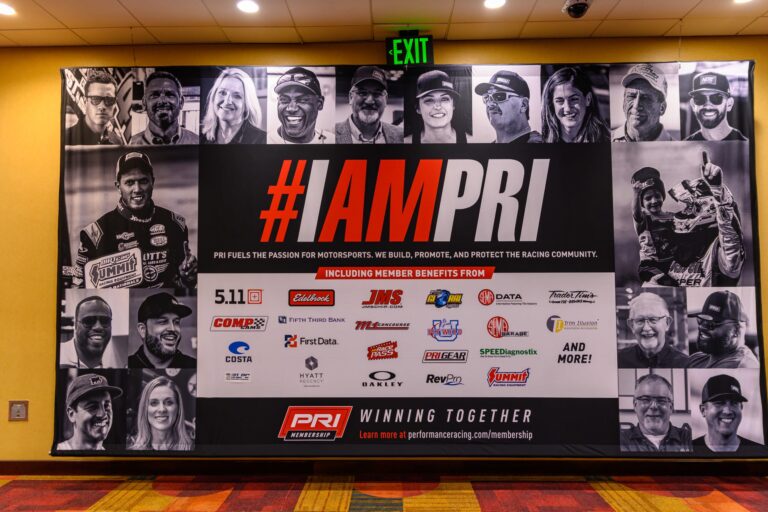An Excerpt from Tom Madigan’s Book on the History of Edelbrock and the Hot Rod Industry
Edelbrock – Made In The USA is one of the most fascinating and comprehensive writings on the history of the Edelbrock company as well as the birth and evolution of the hot rod industry. Vic Edelbrock Sr. was at the center of this industry back when it all began. The following is an excerpt from Chapter One.
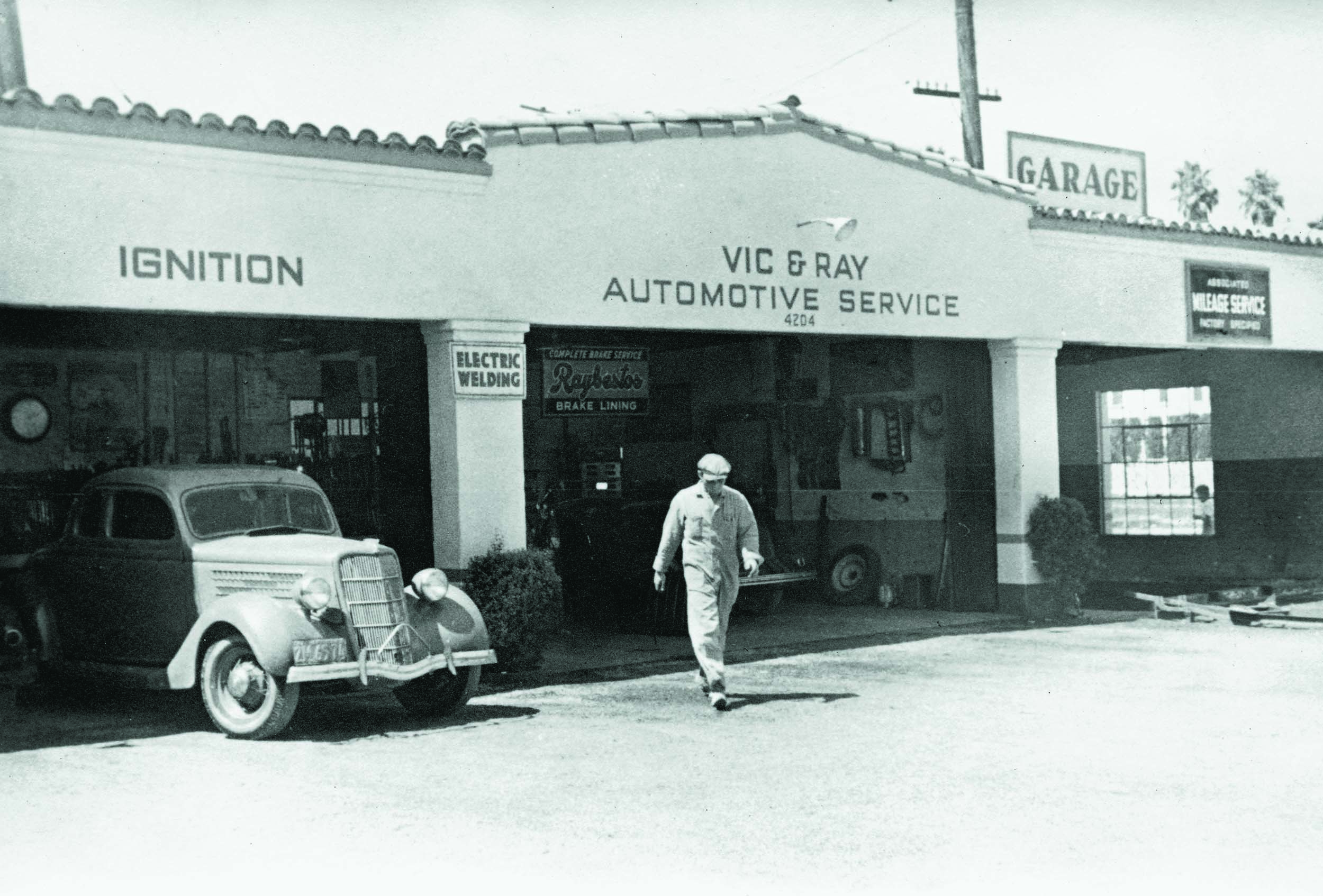
Back in Los Angeles, road racing in the early 1900s gave way to track racing, which would dominate by the 1920s. On the West Coast — Los Angeles being the nucleus — racetracks grew like orange groves. There were dirt tracks, cinder tracks, long and short tracks as well as spectacular wooden tracks. Born in Playa Del Rey, California in 1910, board tracks quickly spread across the country. They ranged in size from a half-mile to monsters like the high-bank 1-1/2-mile track in Beverly Hills, California. Consisting of millions of board feet of two-by-fours laid on their sides, this super smooth track allowed speeds of over 140 mph. But for the average working-class enthusiast, the local quarter- and half-mile dirt tracks called “bullrings” were the most popular.
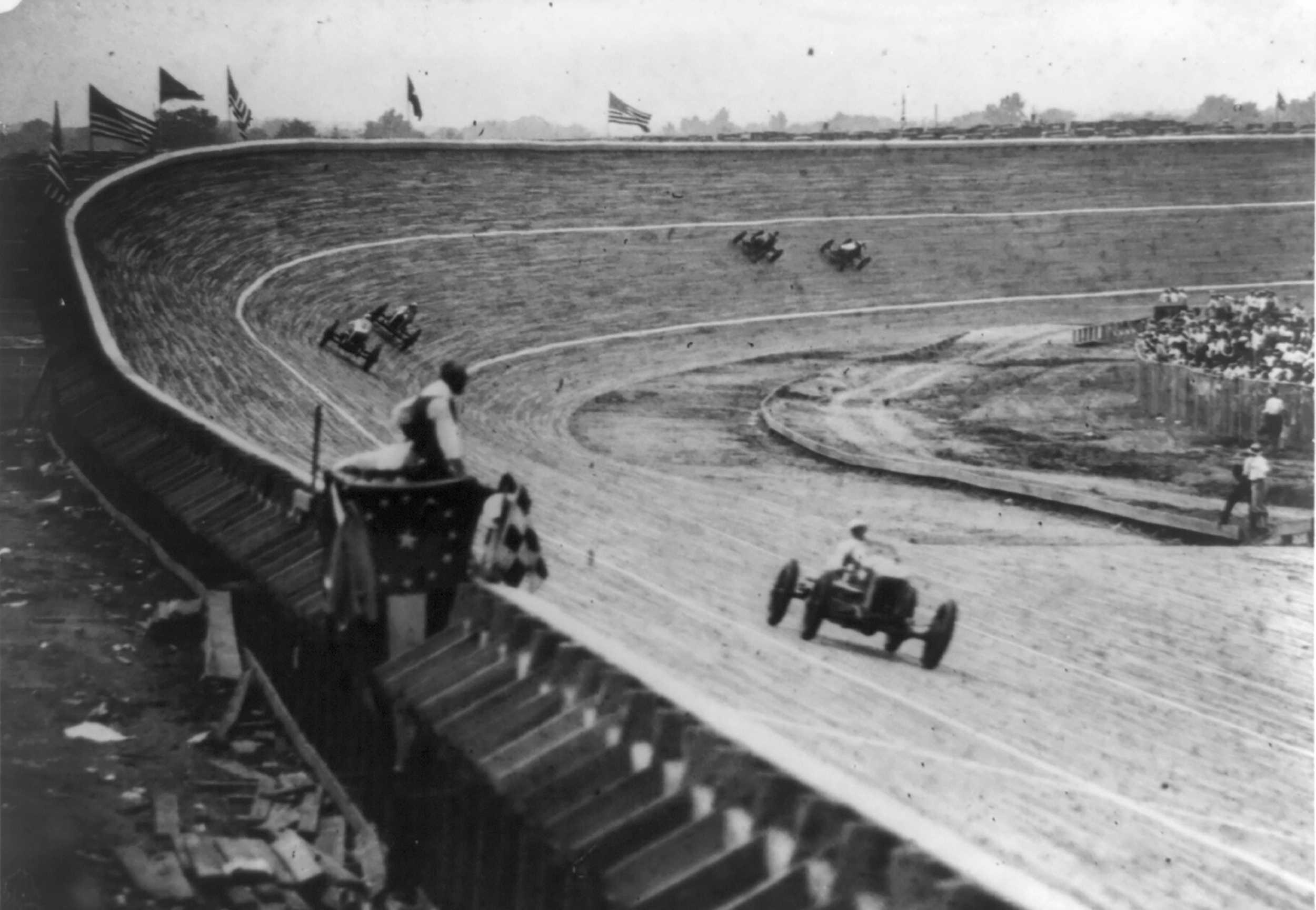
Los Angeles had plenty in places like Legion Ascot Park and Culver City. There were tracks up and down the coast, from Oakland to San Diego. One of the most significant was Gilmore Stadium. Opened in 1934 by oil magnate Earl Gilmore, this track played a vital role in the history of Southern California racing and in the history of Vic Edelbrock.
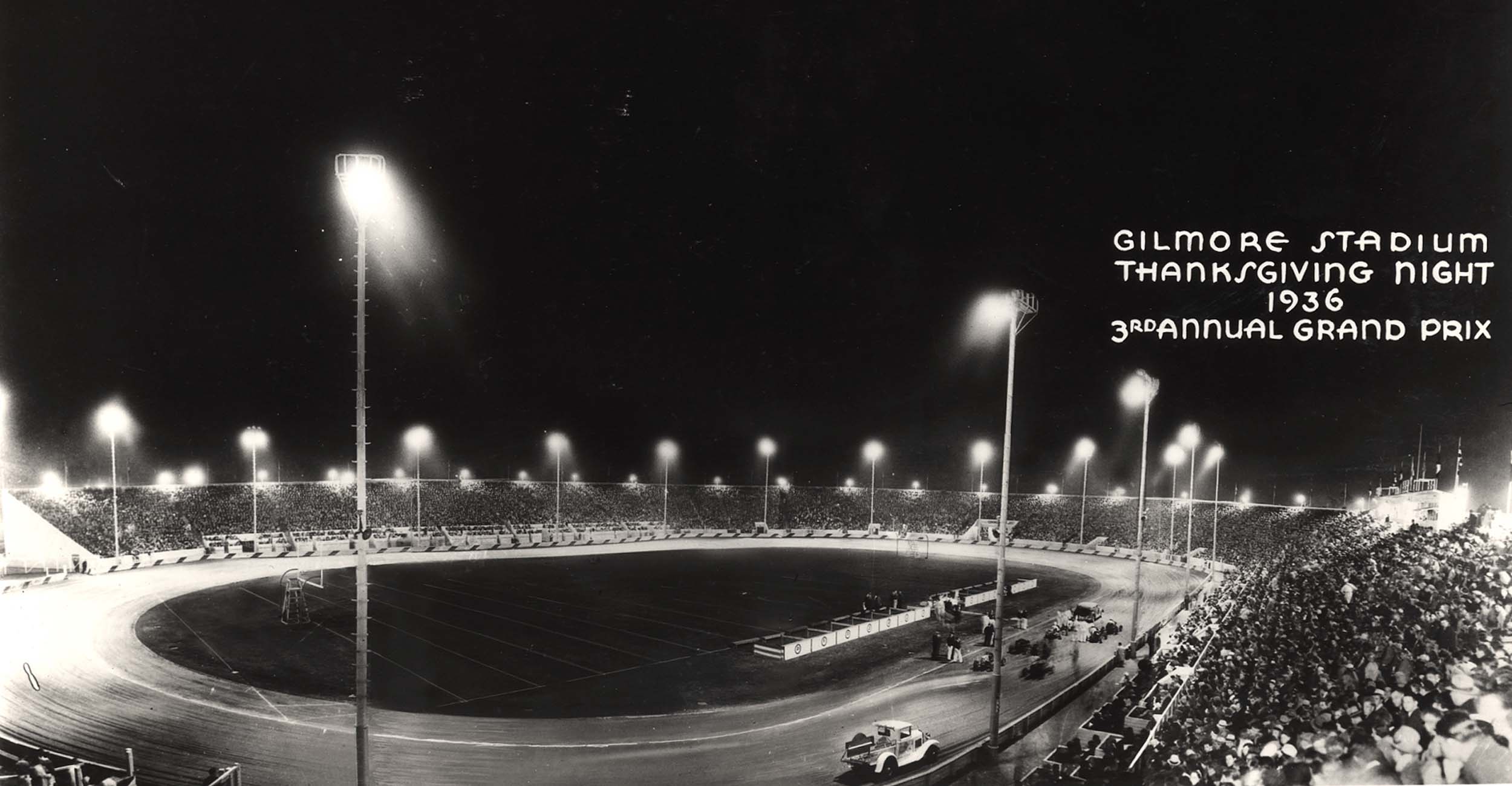
Another influential development in the local car culture was the evolution of gas stations, which had become private businesses owned by individual entrepreneurs rather than the original bulk centers owned by gasoline manufacturers. Oil companies wanted to sell their products in large quantities and experiment with the fundamentals of a credit card or charge system for payment. As early as the 1930s, the dealer/owner lease service station came into vogue. This was an innovation for the depression-starved worker; a service station could support an owner as well as several workers.
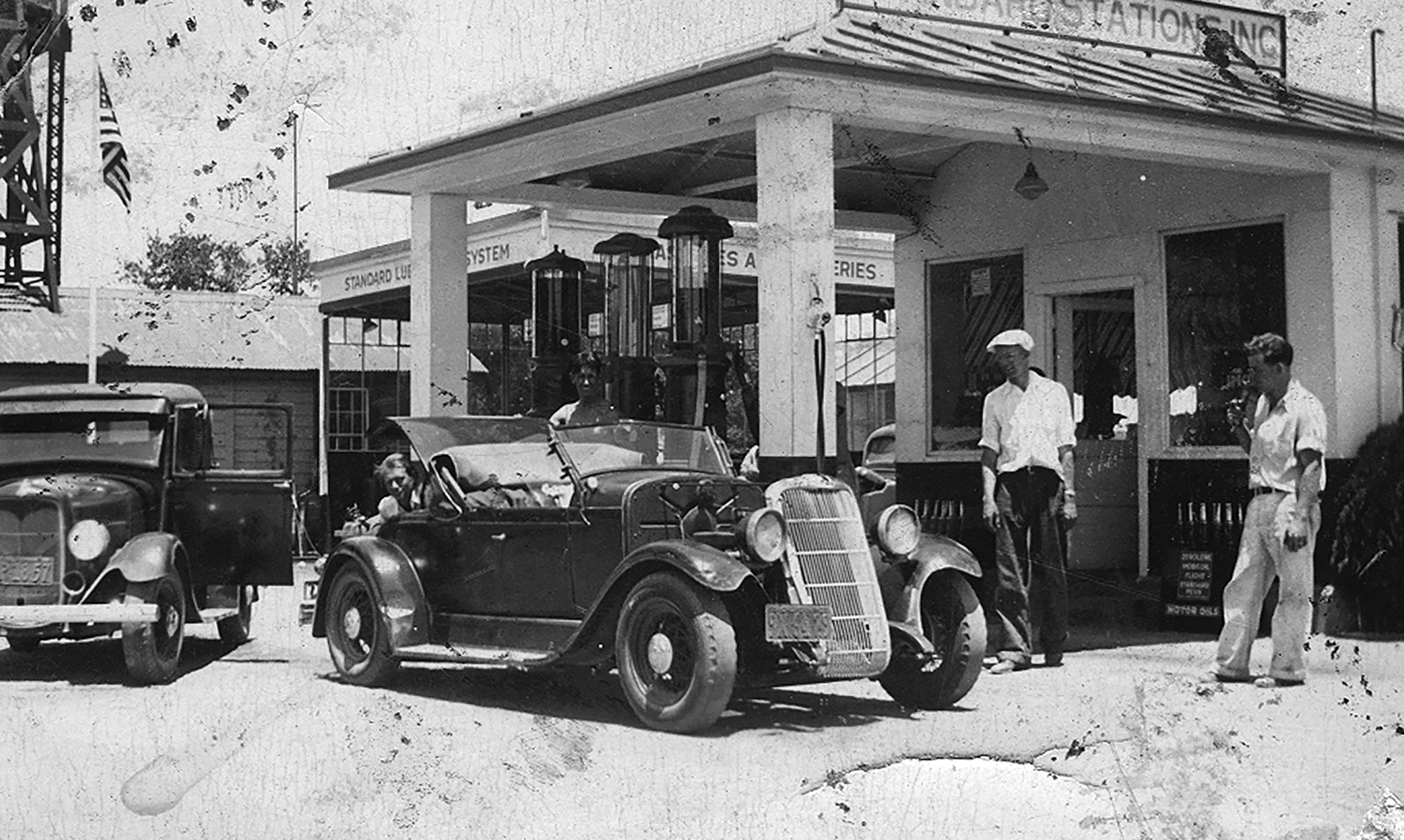
Money could be made not only from selling gas and oil, but from mechanical services as well. Soon gas stations took on personalities, evolving from a wooden box office and free-standing fuel pumps to covered islands with larger buildings and service garages. In Los Angeles, many stations adopted the Spanish adobe style, while others blended with the neighborhood landscape. Companies like Richfield, Standard Oil, Union 76, Flying A, Sunset, Texaco, Sinclair, Associated, and Gilmore competed against each other by trying to provide better service. Los Angeles was a rich environment for Vic Edelbrock Sr.

